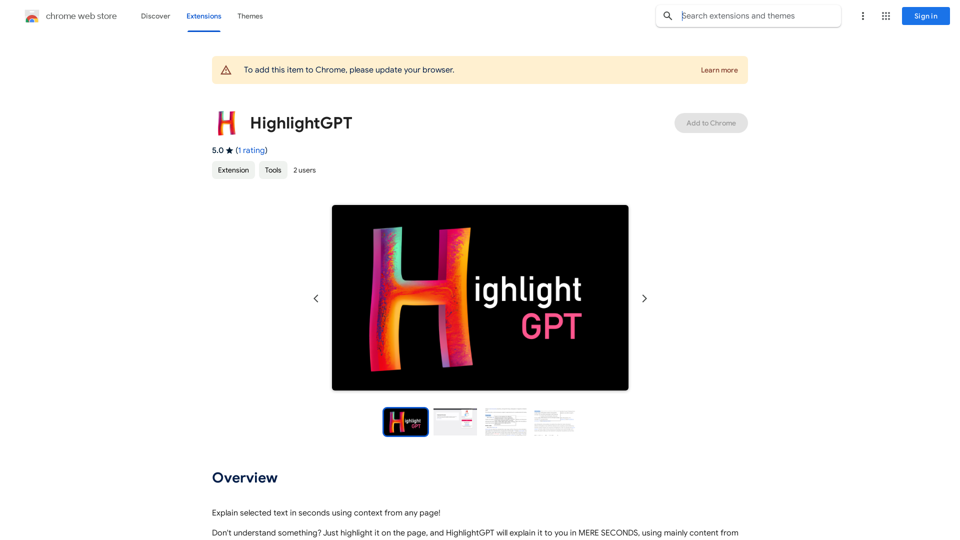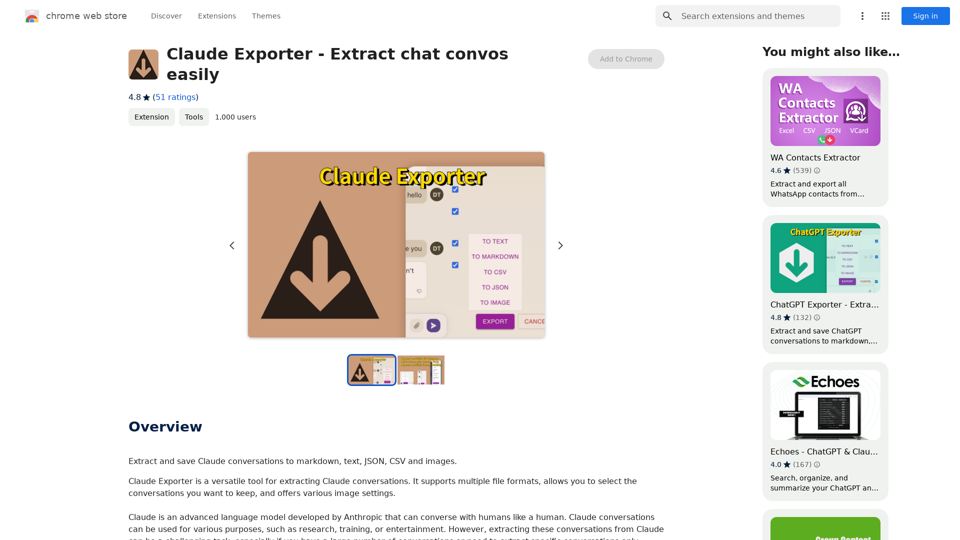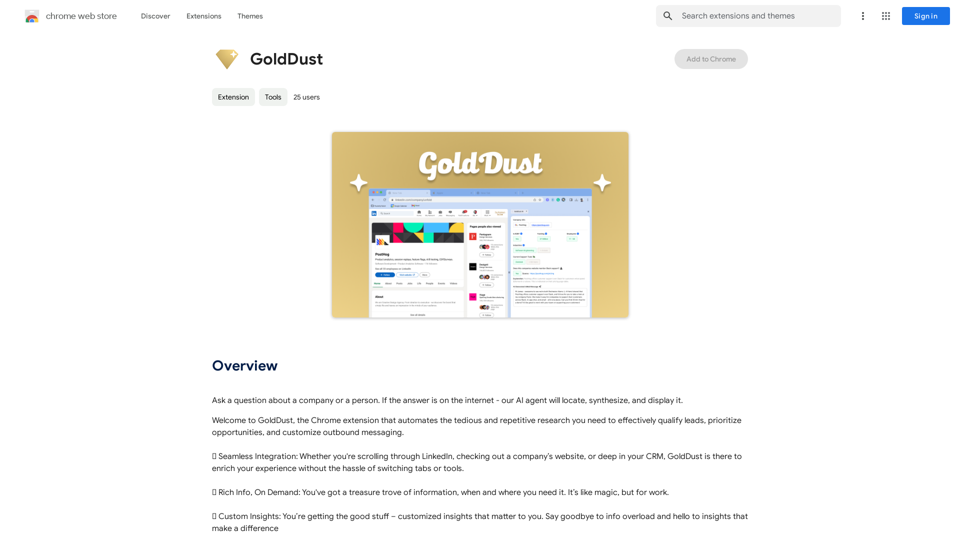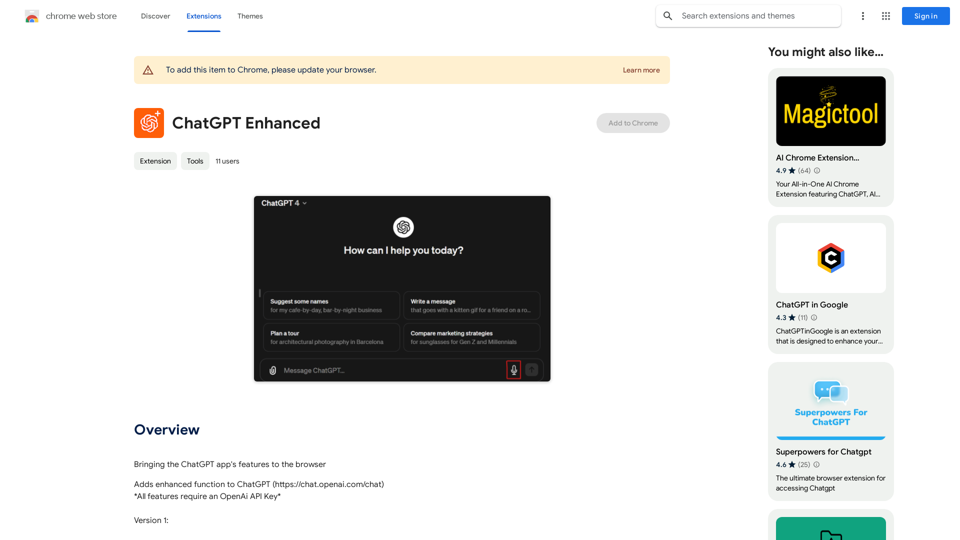AI Localizer - это продвинутый инструмент перевода, разработанный для разработчиков, чтобы легко локализовать свои iOS или macOS приложения, созданные в Xcode, на более чем 35 языков. Это решение на основе ИИ автоматизирует процесс поиска и перевода всего локализуемого текста в приложении, значительно сокращая время и усилия в процессе локализации.
Локализатор AI - Легко переведите код вашего проекта
Беспрепятственно добавьте локализованные переводы в ваши проекты Xcode. Добавьте до 37 языков в ваше приложение автоматически, используя мощь ИИ.
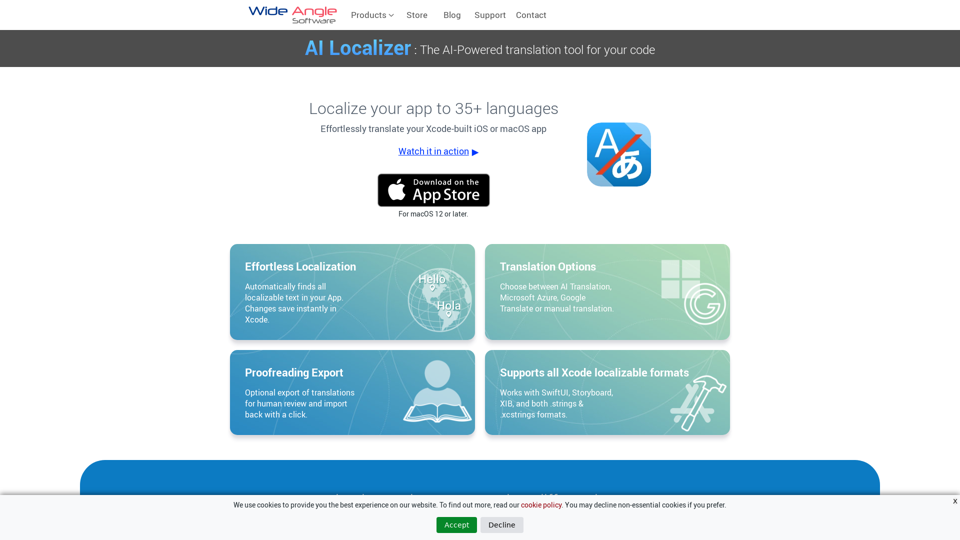
Введение
Функциональность
Легкая локализация
- Автоматически обнаруживает весь локализуемый текст в вашем приложении
- Мгновенное сохранение изменений в Xcode
Гибкие варианты перевода
- Выбор между ИИ-переводом, Microsoft Azure, Google Translate или ручным переводом
- Экспорт переводов для проверки человеком и простой повторный импорт
Комплексная поддержка Xcode
- Совместимость с форматами SwiftUI, Storyboard, XIB, .strings и .xcstrings
Упрощенная настройка
- Автоматическая загрузка всех локализуемых ресурсов из вашего проекта Xcode
Поддержка нескольких языков
- Перевод вашего macOS или iOS приложения на 37 языков
Перевод на основе ИИ
- Использует мощный сервис ИИ-перевода для строк проекта
- Сохранение изменений в Xcode одним кликом
Интеграция пользовательского сервиса перевода
- Настройка для использования ваших собственных аккаунтов Microsoft Azure или Google Translate
Редактирование ручного перевода
- Редактирование переведенных строк непосредственно в интерфейсе приложения
Вопросы и ответы
Какие языки поддерживает AI Localizer?
AI Localizer поддерживает более 35 языков для перевода приложений macOS и iOS.
Могу ли я использовать свой собственный сервис перевода с AI Localizer?
Да, AI Localizer позволяет настроить использование ваших личных аккаунтов сервисов Microsoft Azure или Google Translate.
Возможно ли ручное редактирование переводов в AI Localizer?
Безусловно. Вы можете легко редактировать переведенные строки непосредственно в интерфейсе приложения, просто нажав на строку и введя свои изменения.
Поддерживает ли AI Localizer экспорт переводов для проверки?
Да, AI Localizer предлагает возможность экспорта переводов в формат CSV для внешней проверки. После проверки вы можете легко импортировать любые изменения обратно в приложение.
Последние данные о трафике
Месячные посещения
210.21 K
Показатель отказов
44.89%
Страниц за визит
1.94
Время на сайте(s)
62.20
Глобальный рейтинг
210413
Рейтинг по странам
United States 106698
Последние посещения
Источники трафика
- Социальные сети:2.17%
- Платные рефералы:0.95%
- Почта:0.08%
- Рефералы:5.03%
- Поисковые системы:58.63%
- Прямой доступ:33.14%
Связанные сайты
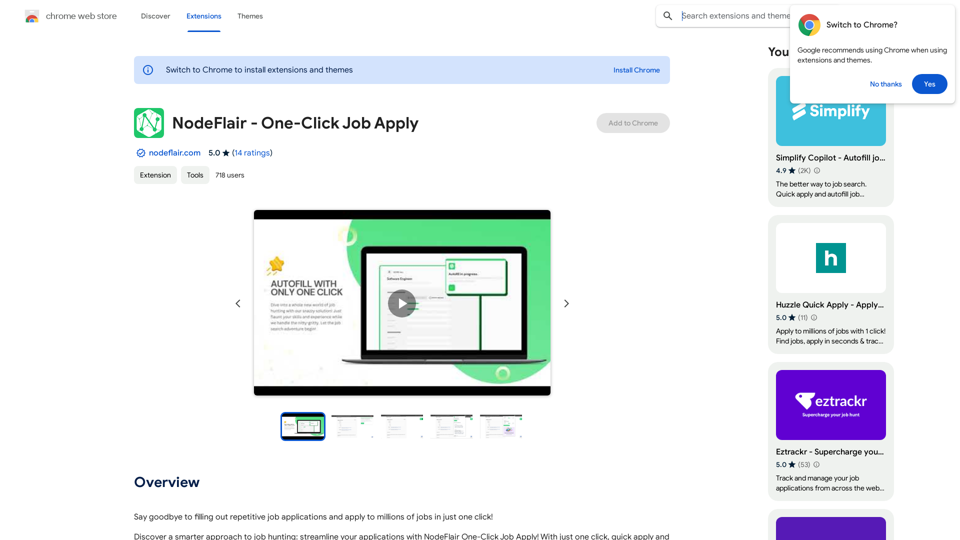
NodeFlair - Одно kliknięcie, чтобы отправить заявку на работу
NodeFlair - Одно kliknięcie, чтобы отправить заявку на работуПрощайте, с заполнением повторяющихся заявок на работу! Применитесь на миллионы вакансий всего одним кликом!
193.90 M

SoBrief.com: Крупнейший в мире сайт с кратким содержанием книг
SoBrief.com: Крупнейший в мире сайт с кратким содержанием книгИсследуйте 73,530 бесплатных кратких изложений научно-популярных книг с аудио. 12 ключевых выводов за 10 минут каждый. В 10 раз больше книг, чем на любом другом сайте. Любая мыслимая тема.
1.14 M
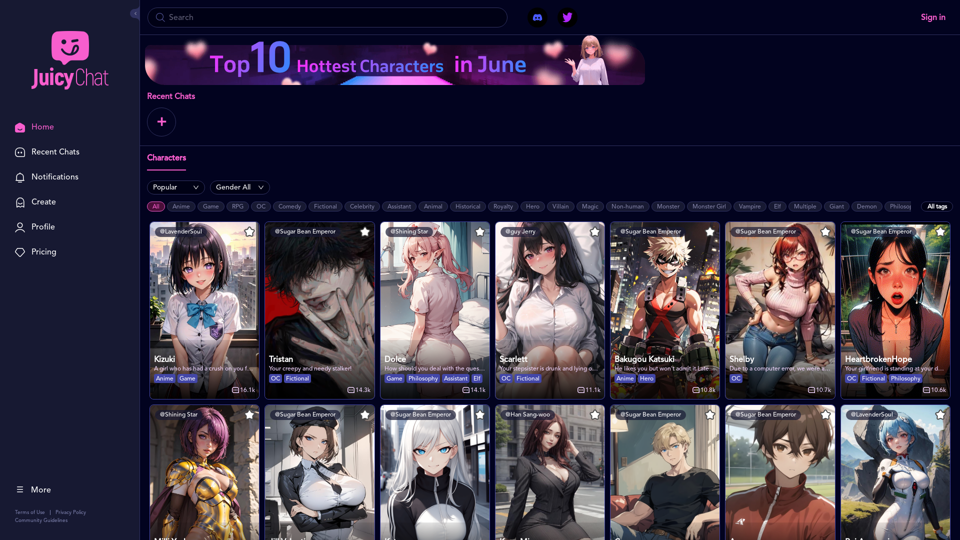
СексуальныйЧат.Ai-Острый NSFW Персонаж AI Чат-АI Девушка
СексуальныйЧат.Ai-Острый NSFW Персонаж AI Чат-АI ДевушкаJuicyChat.ai - Погрузитесь в пикантные NSFW-диалоги с искусственным интеллектом персонажей и испытайте трепет нефильтрованных, интимных взаимодействий со своей виртуальной подругой.
11.47 M
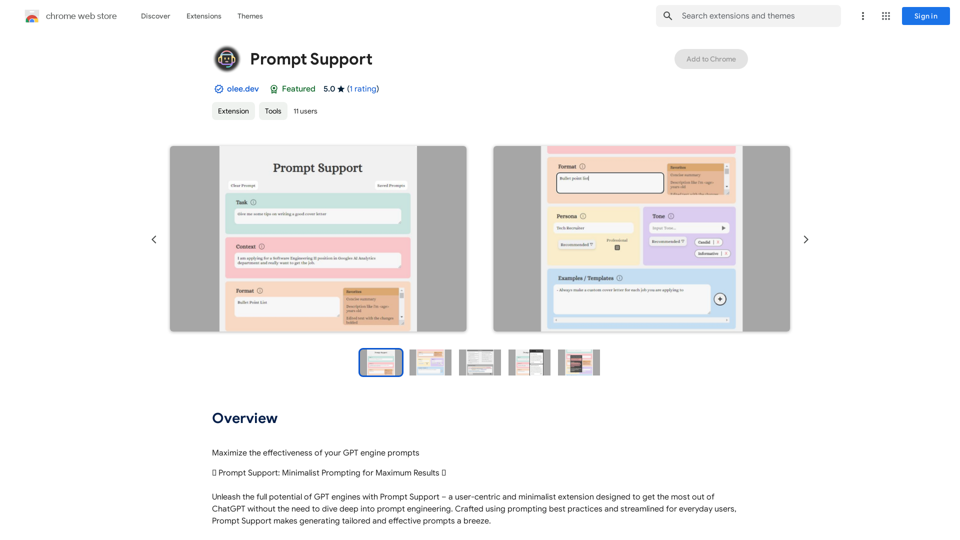
Как максимально эффективно использовать запросы к GPT-модели * Будьте конкретны и ясны. Опишите то, что вы хотите получить, максимально точно. * Укажите контекст. Если ваш запрос связан с предыдущими, напомните о них. * Определите формат ответа. Хотите ли вы список, эссе, стихотворение или что-то другое? * Установите ограничения. Например, ограничьте длину ответа или количество примеров. * Используйте ключевые слова. Они помогут GPT-модели понять суть вашего запроса. * Пробуйте разные формулировки. Иногда небольшая корректировка может значительно улучшить результат. * Оценивайте и корректируйте. Анализируйте ответы GPT-модели и вносите изменения в запрос, если результат не устраивает.
193.90 M
